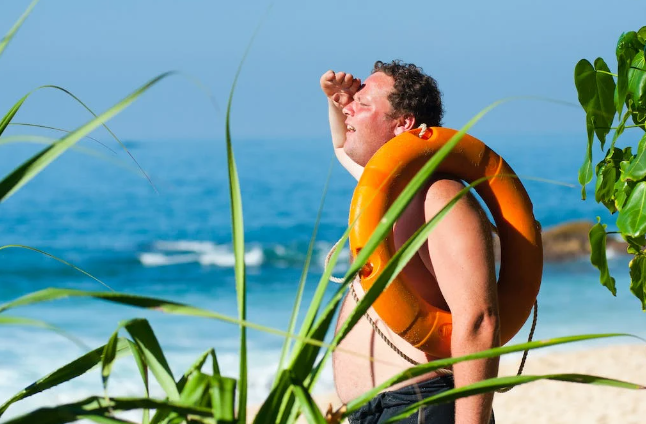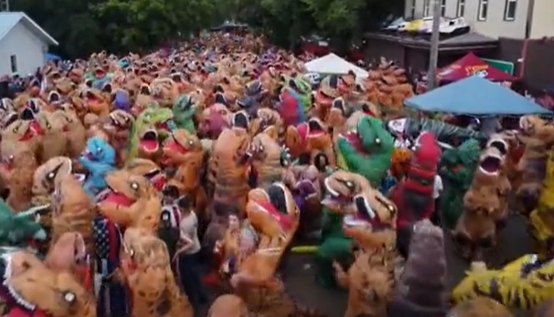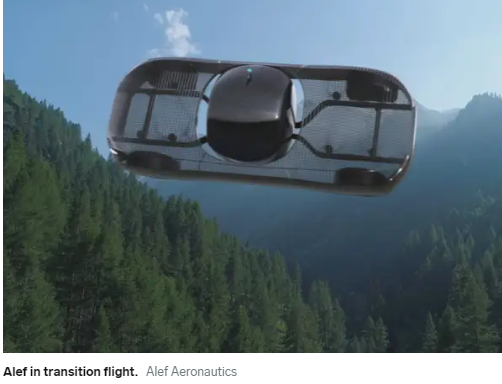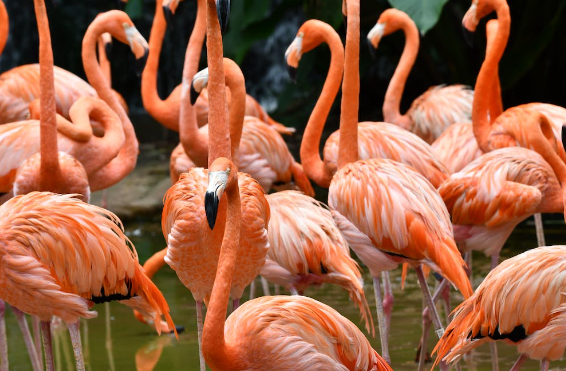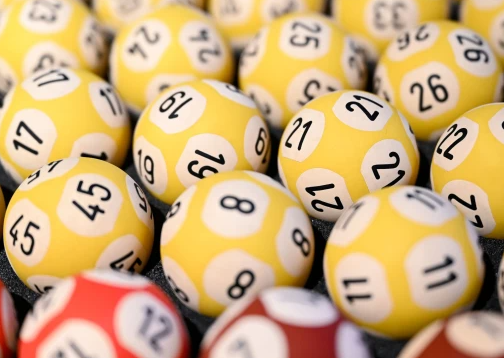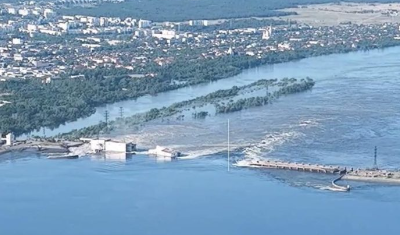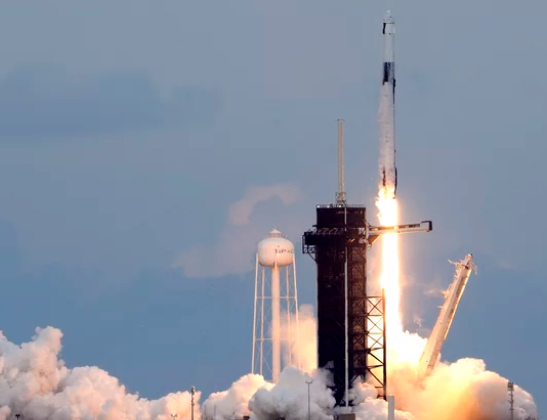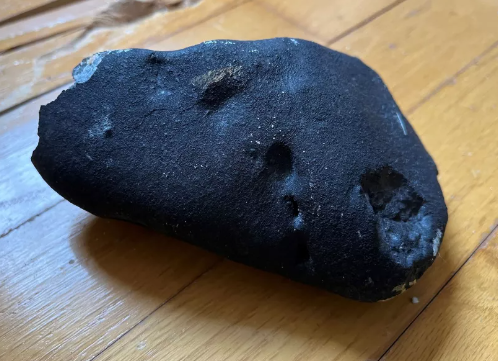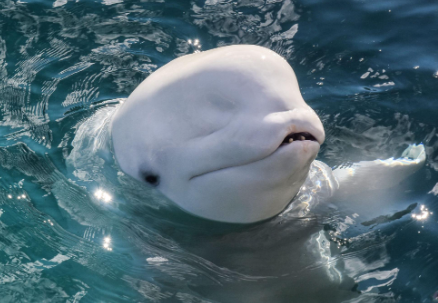A fireball landed in the US last week, and now there’s a reward to find it
Finding the fireball: Museum offers $25,000 US for meteorite
Last Saturday, citizens in Calais, Maine, reported seeing a bright meteorite in the sky for over 4 minutes, followed by a loud sonic boom.
NASA confirmed the sighting, calling it the first-ever radar-observed meteor fall in the area.
Now a local museum is offering a reward for finding the meteorite somewhere in the woods between Maine and the Canadian border.
지난 토요일, 메인주 Calais의 시민들은 하늘에서 밝은 운석이 4분 이상 떠오른 후 큰 소닉붐이 일어났다고 보고했습니다.
NASA는 이 지역에서 레이더로 관측된 최초의 유성우라고 부르며 목격 사실을 확인했습니다.
지역 박물관은 메인주와 캐나다 국경 사이의 숲 어딘가에서 운석을 발견한 것에 대한 보상을 제공하고 있습니다.
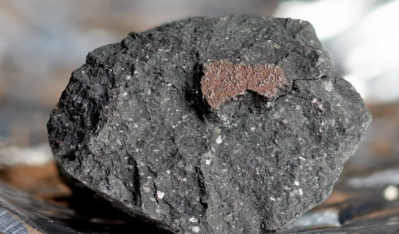
Meteorite hunters, get ready to head into the woods.
Calling all meteor hunters—a flying fireball landed in Maine that could contain valuable information about the solar system.
A museum in Maine is offering $25,000 for the remains of a space rock that streaked across the sky last week before landing near the border between the United States and Canada.
태양계에 대한 귀중한 정보를 담을수 있는 날아다니는 유성이 메인주에 떨어졌습니다.
메인주에 있는 한 박물관은 지난 주 미국과 캐나다 국경 근처에 하늘을 가로질러 날아간 우주 암석의 잔해에 대해 25,000달러를 제안했습니다.
Darryl Pitt, head of the meteorite division at the Maine Mineral & Gem Museum, said he was keen to study any fragments of the meteorite, which, depending on the type, could contain valuable information about the origins of the solar system. The $25,000 reward is for the first meteorite piece found that weighs 2.2 pounds (1 kilogram) or more. However, he said the museum would be willing to pay for any specimen “irrespective of its size.”
Maine Mineral & Gem Museum 의 운석 부서 책임자인 Darryl Pitt는 유형에 따라 태양계의 기원에 대한 귀중한 정보를 포함할 수 있는 운석 조각을 연구하고 싶다고 말했습니다. $25,000의 상금은 무게가 2.2파운드(1kg) 이상인 운석 조각에 대한 것입니다. 그러나 그는 박물관이 "크기에 관계없이" 어떤 표본에 대해서도 기꺼이 비용을 지불할 것이라고 말했습니다
And Darryl Pitt, head of the meteorite division at the museum, said even a small specimen of the rock would be "worth its weight in gold."
The $25,000 US reward is for the first one-kilogram specimen, but even a 10-50 gram piece would be valuable, said Pitt.
"They're important to science [and] they're important to collectors," he said. "Meteorites have become one of the hottest collectibles, I suppose, on Earth."
그리고 박물관의 운석 부문 책임자인 Darryl Pitt는 암석의 작은 표본조차도 "금의 무게만큼 가치가 있을 것"이라고 말했습니다.
$25,000 현상금은 첫 번째 1kg 표본에 대한 것이지만 10-50g 조각도 가치가 있을 것이라고 Pitt는 말했습니다.
"그것은 과학에 중요하고 수집가들에게 중요합니다."라고 말했습니다. "운석은 지구상에서 가장 인기 있는 수집품 중 하나가 된 것 같습니다."
Of the estimated 500 meteorites that reach the Earth's surface each year, less than ten are recovered, according to the Planetary Science Institution. This is because most fall into the ocean, land in remote areas, or are not seen to fall (during the night).
What's rare is precious.
"Meteorites that fall to Earth represent some of the original, diverse materials that formed planets billions of years ago," according to NASA. "By studying meteorites, we can learn about early conditions and processes in the solar system's history."
Meteorite fragments can be tricky little buggers to find. They resemble Earth rocks but usually have a burned exterior that can appear shiny.
행성과학연구소(Planetary Science Institution) 에 따르면 매년 지구 표면에 도달하는 약 500개의 운석 중 10개 미만이 회수됩니다 . 대부분이 바다에 떨어지거나, 외딴 지역에 착륙하거나, 밤중에 떨어지는 모습이 보이지 않기 때문입니다.
희귀한 것은 소중합니다.
NASA에 따르면 "지구에 떨어지는 운석은 수십억 년 전에 행성을 형성한 다양한 물질 중 일부를 나타냅니다." "운석을 연구함으로써 우리는 태양계 역사의 초기 조건과 과정에 대해 배울 수 있습니다."
운석 조각은 찾기가 까다로울 수 있습니다. 그것들은 지구 암석과 비슷하지만 대게 반짝이는 것처럼 보일 수 있는 타버린 외관을 가지고 있습니다.
A meteorite that fell on a driveway in the United Kingdom in 2021 turned out to be an extremely rare type of space rock and is now part of the Natural History Museum in London.
"There's only approximately 65 meteorites that have been found in Canada. Only one previously in New Brunswick ever. So this would be the second one once it's found."
2021년 영국의 차도에 떨어진 운석은 극히 희귀한 유형의 우주 암석 으로 밝혀져 현재 런던 자연사 박물관에 있습니다.
"캐나다에서 발견된 운석은 약 65개에 불과합니다. 이전에 뉴브런즈윅에서 발견된 운석은 단 하나뿐입니다. 따라서 일단 발견되면 이번이 두 번째 운석이 될 것입니다."

